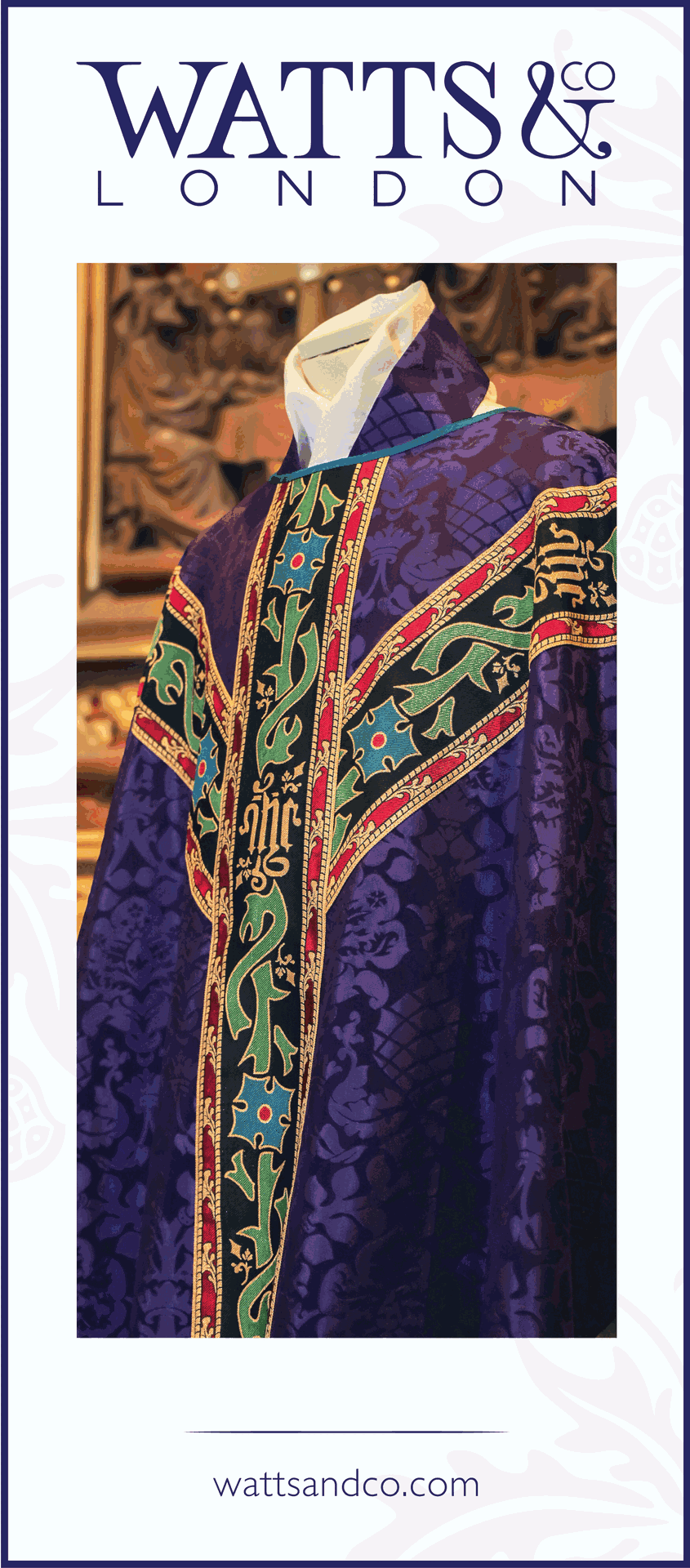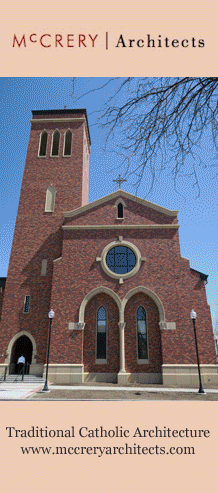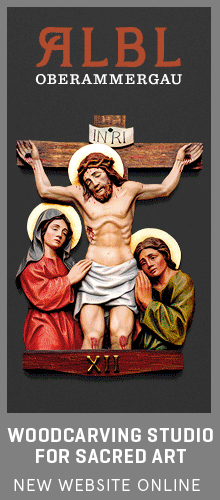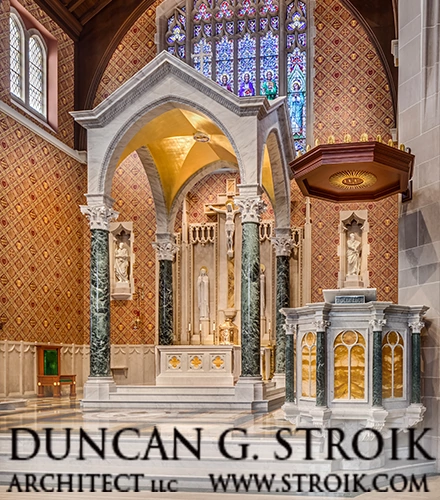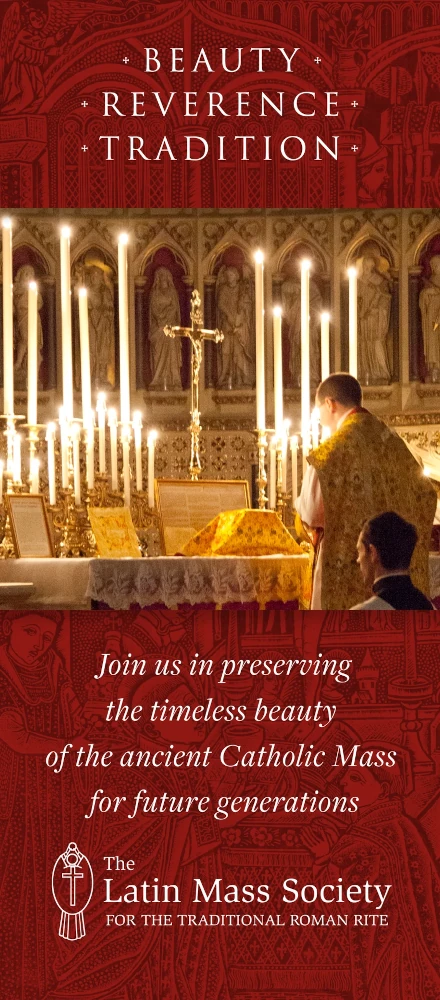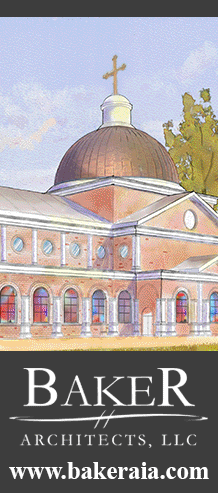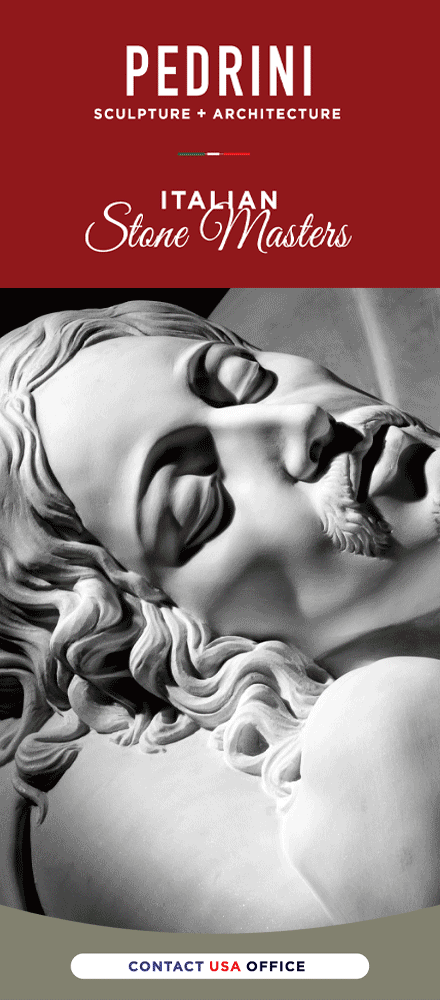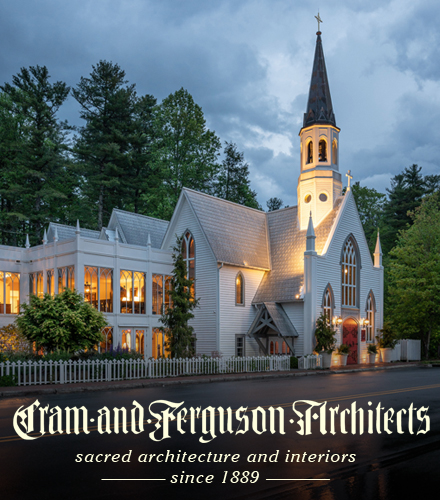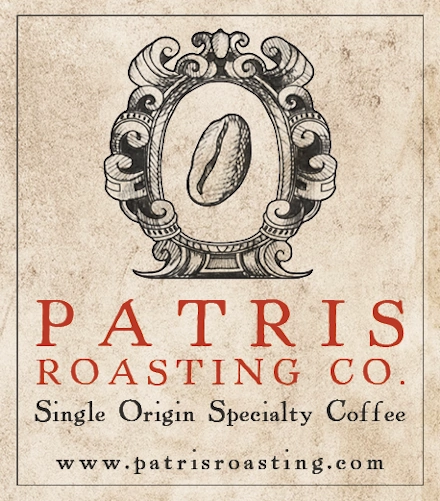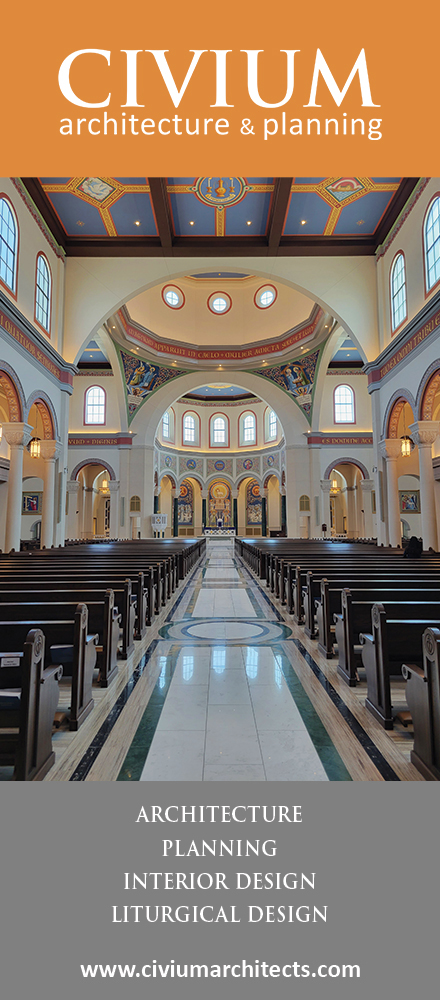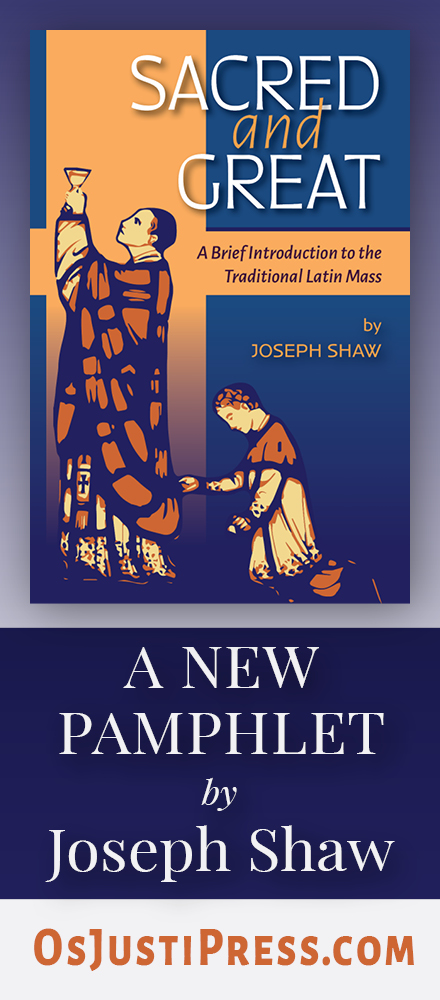My goodness, what a dust up was created on InsideCatholic.com when the editors ran a challenging piece by Todd Flowerday in defense of the first edition of Glory & Praise (1977), the book that has very few defenders remaining on the planet but nonetheless exercised the decisive influence on postconciliar Catholic music. Its sensibility and many of its songs are still with us as an integral part of mainstream Catholic life, much to the regret of the multitudes.
So Todd might be the world's last defender of this song book, which raises a question about one of the many, many protesting comments that are attached to his article. One person writes: "C'mon -- can we discuss and/or debate issues a little closer to where Crisis/Inside Catholic stands? If I want to read about Modernist music, there are plenty of leftist publications out there."
Well, the problem is that in the blogosphere, Todd is pretty much alone as a consistent and public defender of "modernist" Catholic music, which I find to be a striking fact. Correct me if I'm wrong, but I can't seem to find any web venue anywhere that rises to the defense of what is considered, by default, to be mainstream Catholic music today, meaning, in general, the material and style from Glory & Praise. This book is a relentless source of jokes among the clergy. It is seen as the musical equivalent of the shag carpet or the leisure suit, and taken no more seriously than that.
So you have to give Flowerday credit here for daring to go where hardly anyone else has been willing to go. I'm not going to comment on the general theme of his pieces. The comments on his article on the site are whithering enough. But I would like to remark on an interesting and innovative aspect to his thesis. In effect, he argues, Glory & Praise was an improvement (in the sense that it was more suitable) over the folk music that had come to dominate liturgy during the years of great confusion between 1965 and 1975.
Two-hundred-plus pieces of music replaced virtually every mimeographed folk song sung in the 1960s and 1970s. In part, it happened because the music itself was better.... When I consider Glory & Praise today, most songs wouldn't pass muster in a modern music ministry. But in their day, they worked. It's doubtful they replaced the treasures of Western music in many parishes -- I'd say it's far more likely they superceded weak folk music from the 1960s and replaced some Catholic and Protestant hymnody in the 1980s.
Although my musical tastes have evolved, I don't begrudge the Glory & Praise repertoire its place in our history. Like the chant classics, they evolved in the composers' own parishes and religious communities. They functioned to assist Catholics giving voice to heartfelt prayer. For that, I say without shame or hesitation, Deo gratias.
So let's be clear on what he is arguing here. He is not saying that G&P was a great hymnal or that it made possible great liturgy. He is saying that it was an improvement over the folk song tunes that were taking over in the 60s and 70s. It is an interesting point. Keep in mind that the definitive history of this period in Catholic liturgy has yet to be written, a fact which Thomas Day has pointed to several times. The most that most of us have to go on is personal anecdote, and I don't have any because I was too young. (Can someone please get to work on that definitive history?)
Of the hundreds of people I've talked to over the years about this subject, and the vast amount of articles on the topic--all devoured in the great quest to understand what happened to bring us to our present strife--so far as I know Todd is the only one who seems to argue along these lines. This is why I'm not inclined to believe that G&P exercised something like a solemnizing influence. And yet his theory might be sustainable if we think less of the national culture and more of specific cases. In large cities and many seminary venues, it was probably the case that bad folk tunes came to dominate in the 60s and 70s before G&P. In these cases, this book might have meant improvement.
But what about the rest of the country? Again, I'm speculating here but it is most likely that most Catholic parishes went into a holding pattern waiting for the liturgical squabbles to come to an end and settle down. What G&P meant for them was a standarization of the folk revolution of the 60s, a mainstreaming of what had previously been experimental and spotty. In this sense, for most parishes, G&P would not have been an improvement but a shift from moderately bad to moderately worse.
Now, one response might be that at least G&P employed lots of scripture, and surely that is a good thing. I would simply respond by pointing out that the text is not all that matters. What G&P represented was a first in the history of Catholic music: the importation of musical styles intended for secular-venue dancing into a liturgical environment (I owe this insight to Arlene Oost-Zinner).
By "dancing" I'm not talking about the fox trot or samba but dancing of the sort you find at a suburban high-school prom night. You know, music with a beat, whether for "slow dancing" or for something more up tempo. Even when the beat is not overt, you can hear the implied dance beat in most of this music. It's my view that this fact, more than any other, may account for the widespread impression that something fundamental changed about Catholic music after G&P. Whatever can be said of the St. Gregory Hymnal or the sappiest of the sappy songs of yesteryear, they did not have that dance-like sensibility about them. They might not have been ideal but at least they didn't make you want to turn down the lights and take out the mirror ball.
Now, my own views on this type of music even outside of liturgy are well-documented enough. At the same time, I've received a great deal of communication from many people to the effect that this music is hugely important in their spiritual lives, that it was what came to define for them a rich and living form of Christianity. I have no reason to doubt their word on this, even if I don't happen to share this subjective point of view.
What the pro-G&P perspective shows (and this applies also to the purely preconciliar sentimentalist) is that we need some other benchmarks besides personal taste to guide us forward. This is why there is so much wisdom in the Church's teaching that Gregorian chant should be the foundational song. In this music, we find the very heart of the liturgical sensibility, with its constant upward motion to the Heavens. It has been a constant teaching that the closer a composition comes to Gregorian chant, the more suitable it is for liturgy - and this is a lesson that applies as much now as it ever did. The postconcilar period was a missed opportunity but there are plenty of great opportunities to do what is right in our future.

